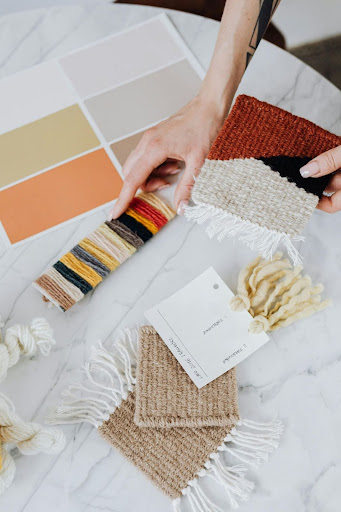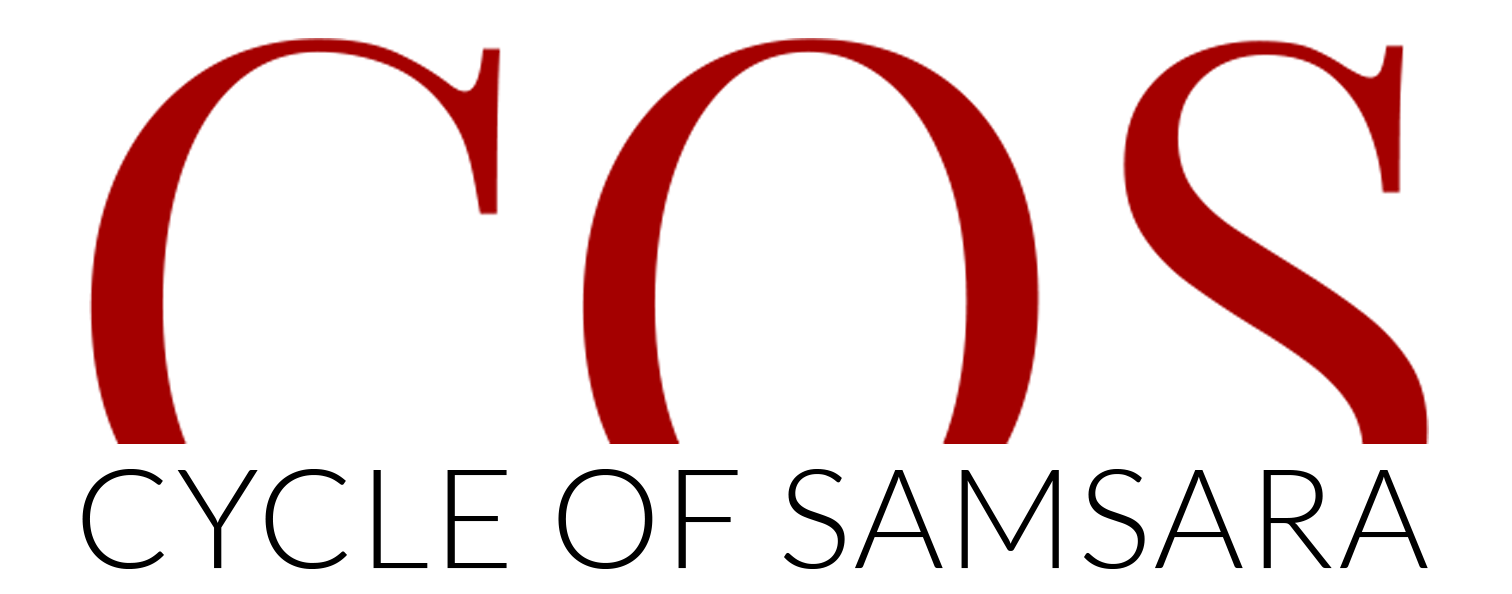Would You Wear Clothes Made from Mushrooms? The Future of Sustainable Fashion
Imagine your next jacket wasn’t stitched by a machine but grown in a lab—out of fungus! It sounds like sci-fi, but today’s fashion world is buzzing with exactly that idea. After all, fashion is one of the world’s most polluting industries. In India, where preloved and secondhand shopping is booming, cutting waste is top of mind. Research even notes that resale markets promise “extended use and reduced waste,” keeping clothes alive longer. Now those ideas are sprouting into new materials: enter mycelium leather, a mushroom-based fabric that’s biodegradable, cruelty-free and surprisingly chic.
Fungi Fashion 101: How It Works


Mycelium is the root-like network of mushrooms. Scientists feed these thread-like cells simple stuff (like sawdust and plant scraps) on mats; in controlled humidity they grow into a thick foam. After harvesting and processing, this foam is pressed into sheets—then tanned and dyed just like animal leather. The result: a soft, durable material that looks and feels like leather but sprouts from a petri dish, not a cow.
- Animal-free & low-impact: It’s made without animal hides or toxic tanning. As one report explains, plant-based leathers are “leather-like” but “no animals are exploited or slaughtered” in the process. In fact, Mylo (the leading mycelium brand) is “biodegradable [and] non-toxic” to start with.
- 100% natural & compostable: Unlike PU or PVC leather, mushroom leather is entirely plant-derived. Vogue notes that Mylo is “vegetable-tanned” for a leather-like look, but “entirely natural and biodegradable”. So when you retire that jacket, it can actually break down harmlessly, not linger in a landfill for decades.
- Fashion-forward: This new fabric is already runway-ready. Times of India highlights that British designer Stella McCartney teamed up with biotech startup Bolt Threads to make the Frayme Mylo bag, literally a handbag from mushroom leather. Big brands are testing it - Adidas and Lululemon are in the consortium behind Mylo - and even India’s Anita Dongre is working with vegan-leather Mirum on similar plant-based accessories. So yes, fungi fashion can be high style.
In short, mycelium leather is grown, not stitched: no cows, no heavy chemicals, just fungus and a little lab-magic. Early life-cycle studies are promising too - Mylo’s founder says their “preliminary impact assessment indicates the incredible environmental benefits” of mushroom leather (one industry magazine even claims it can grow in ~2 weeks, giving it an “exponentially smaller” carbon footprint than cow leather).
India’s Mushroom Makeover


India’s fashion scene is already blending old and new green trends. Think of your fave thrift-shop finds on Cycle of Samsara - that’s the circular economy in action. Now imagine adding mushroom textiles into the mix. For example, startups like Phool in Kanpur are turning temple flower waste into “Fleather” - a flower-derived leather alternative - proving India is ripe for innovation. Bolt Threads (maker of Mylo) has even partnered with Indian creatives to test mycelium samples locally. Designer Neha Shahram and co. hosted a pop-up in Bengaluru showcasing mycelium products, where the mushroom leather felt light and smooth. One lucky visitor compared a Mylo wallet to regular leather: “It’s lighter than leather and doesn’t guilt-trip you.”
Meanwhile, Anita Dongre - a sustainability champion in India - has jumped on board too. Times of India reports that she’s among the first luxury designers to use new vegan materials (like Mirum from cactus) in her bags and accessories. These “all-natural” plant leathers align with India’s growing eco-fashion vibe: organic cotton kurtas, upcycled denim, and now even mushroom blazers. Whether it’s a reclaimed sari or a novel mycelium jacket, the goal is the same: cut fashion waste while staying on-trend.
Would I Wear This? Let’s Get Real
So… what’s it like? First impressions are surprisingly good. No, it doesn’t feel slimy or weird - mushroom leather is soft, pliable and stylish. I handled a sample wallet at a fashion event, and it felt almost identical to animal leather. Designers insist there’s “no compromise”: Stella McCartney says she refuses to let anyone “know our products aren’t made of leather,” aiming for them to “stand shoulder to shoulder with the real thing”. In other words, it looks and performs like leather.
Now picture this in your wardrobe. Maybe a mushroom kurta that laughs at monsoon humidity, or a sleek Mylo jacket with thrifted jeans. You could snag a luxury Mylo clutch online (or a preloved leather bag from Cycle of Samsara!) and mix new tech materials with secondhand finds - all guilt-free. The best part? This fashion is circular at heart. You wear it, love it, and when you’re ready to move on, someone else can wear it next, or simply compost it. After all, as researchers note, the true sustainability win is extended use: buying (or wearing) clothes that live long lives.
Would I wear mushroom-made clothes? Absolutely. It’s fun, unusual and, frankly, kind of magical. It pushes style toward sustainability in a personal way. Cycle of Samsara fans already know that conscious closets are cool. With fungi fashion, our wardrobes can become even greener - alive with possibilities and (literally) alive.
Sources (Harvard style):
- Jasmine Dawda (2023) “Plant-based leather: Saving nature, saving grace.” Times of India. timesofindia.indiatimes.com.
- Times of India (2023) “Here’s how technology is making fashion more sustainable.” Times of India. timesofindia.indiatimes.com.
- Emily Farra (2021) “Stella McCartney introduces her first garments made of Mylo…” Vogue India. vogue.in.
- Natasha Rego (2023) “Lab-grown fashion: These new brews could hit the runways soon.” Hindustan Times. hindustantimes.com.
- Meital Peleg Mizrachi & Ori Sharon (2025) “Secondhand fashion consumers exhibit fast fashion behaviors…” Scientific Reports. nature.com.

